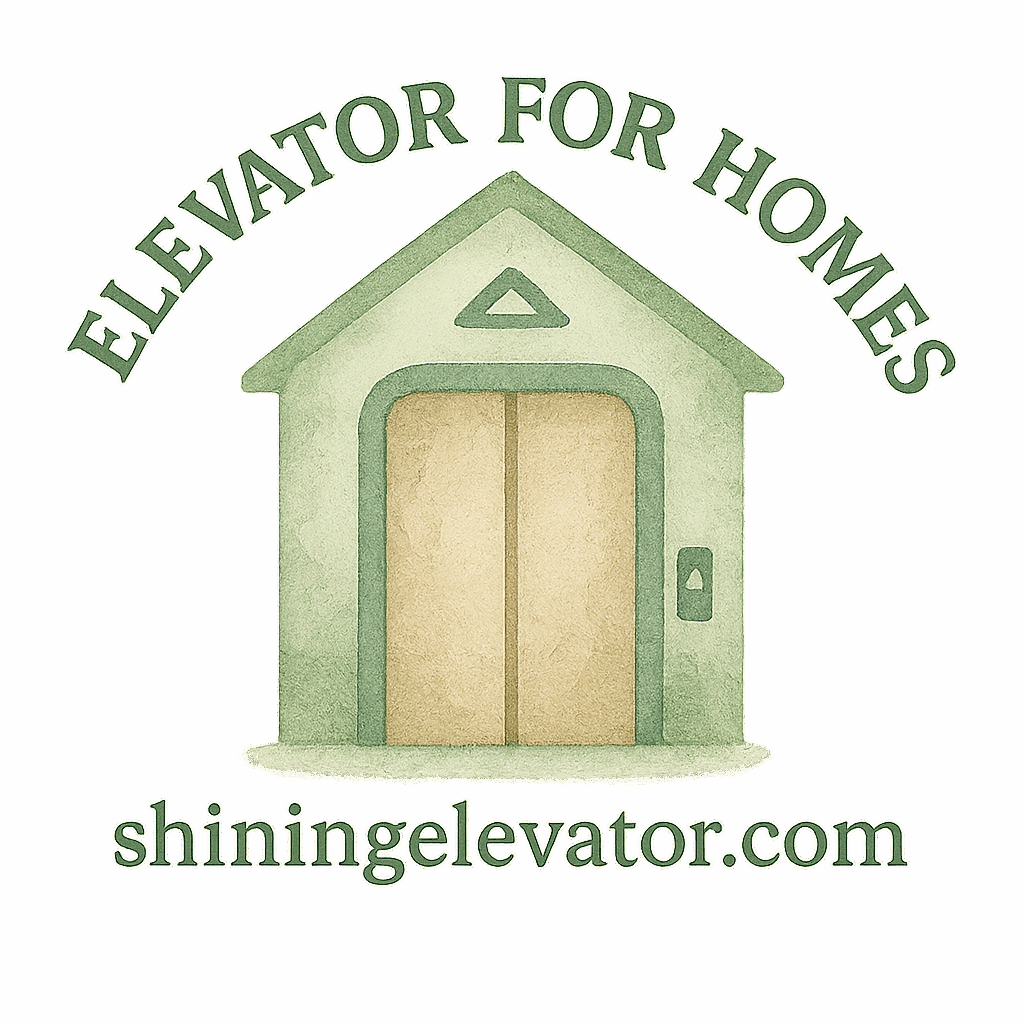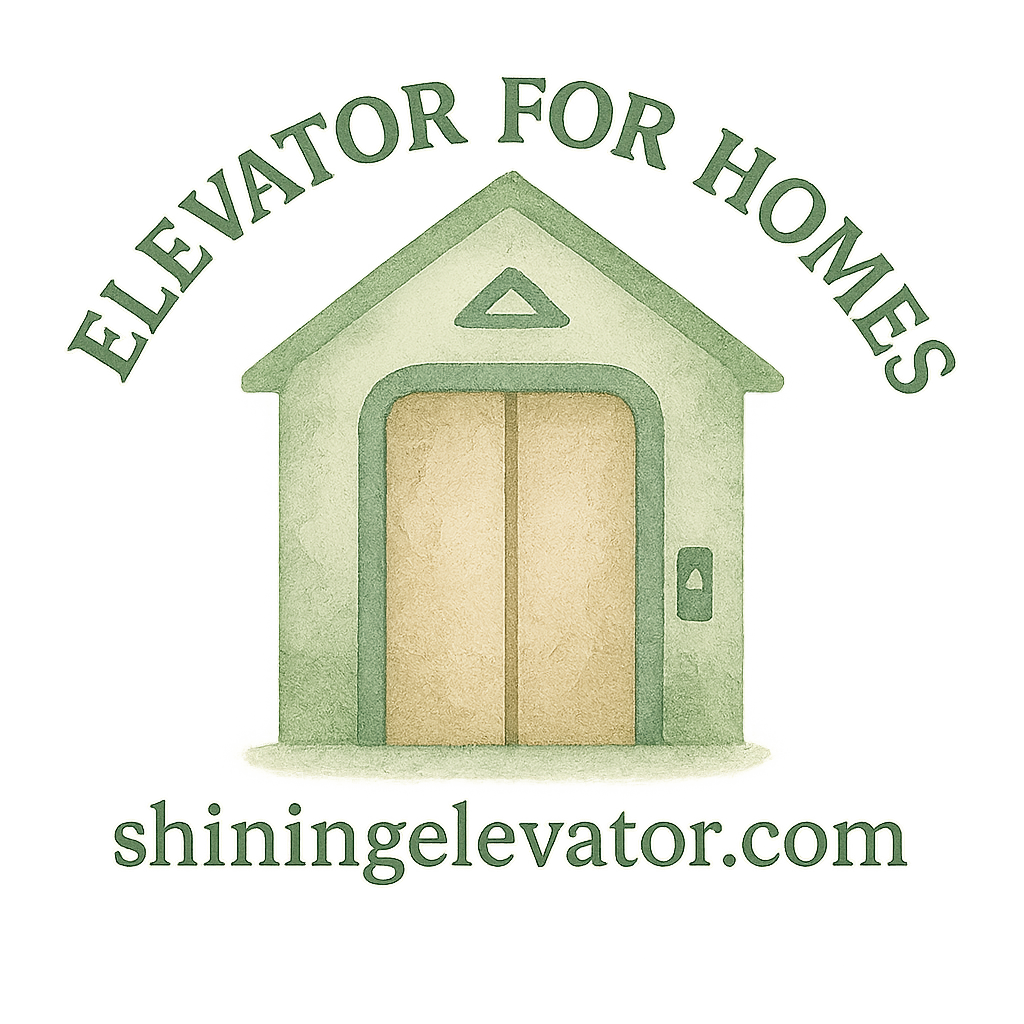Introduction
Let’s face it — your home elevator is a game-changer. It adds convenience, comfort, and accessibility to your daily life. But just like your car, it needs routine attention. Sometimes, your elevator starts giving you subtle (and not-so-subtle) hints that something’s not right. Ignoring those signs? Not a good idea. In this guide, we’ll dive into the six clear signs that your home elevator needs immediate servicing — and what you can do about it.
Whether you’re planning ahead or responding to issues as they pop up, staying informed is key to safe and smooth vertical travel in your home.
Tip: Homeowners who prioritize elevator upkeep often spend less over time. See why budgeting and planning can save you from pricey breakdowns.
1. Unusual Noises: The First Warning Sign
Grinding, Squeaking, or Banging Sounds
Does your elevator sound like it belongs in a horror movie? That’s not normal. Loud noises often mean internal components are wearing out or becoming misaligned.
What These Noises Could Mean
Strange sounds can point to a range of problems — from worn bearings to loose pulleys. These aren’t just annoying; they could be the calm before the storm.
Common Internal Components That Fail
- Worn gearboxes
- Dry or misaligned rails
- Loose cable tension
- Unlubricated rollers
Ignoring these? That’s like ignoring a smoke detector.
2. Sluggish Movement or Delayed Response
Elevator Takes Too Long to Arrive
When your elevator starts lagging, it’s waving a red flag. Maybe it pauses between floors or takes forever to respond to a call button.
Floors Aren’t Aligning Properly
If your elevator doesn’t stop evenly with the floor, that’s a safety hazard. It could trip someone — especially older family members.
Motor or Hydraulic Issues?
These symptoms could point to wear and tear on the motor, control board, or hydraulic pump.
Safety tip: Check out our home elevator safety and accessibility guide for ways to keep your space safe and senior-friendly.
3. Jerky or Uneven Rides
Why Smooth Travel Matters
You know that feeling when an elevator suddenly jolts? Not fun — and not safe. A well-maintained elevator should glide like butter.
Mechanical Failures Behind Rough Motion
Rough rides could be due to:
- Frayed cables
- Worn brakes
- Controller malfunctions
These issues usually worsen with time. Schedule a check-up before it gets worse. Discover elevator system options on our types and features page.

4. Door Operation Problems
Doors That Don’t Fully Open or Close
This is one of the most common complaints. Sticking doors can frustrate users and put them at risk.
Safety Risks from Door Malfunctions
Poor door operation can trap passengers or prevent entry. For homes with seniors or kids, that’s a big deal.
Elevator Sensors and Their Role
Most modern elevators include door sensors. When these go faulty, they can misjudge whether it’s safe to close.
Explore more about design upgrades on our elevator customization page.
5. Frequent Breakdowns and Error Codes
Spotting Trouble Before It Escalates
If your elevator needs a reset more than once a week, something is off. Frequent errors = incoming repair bill.
Control System Failures Explained
Sometimes, breakdowns are caused by failing relays, overheating motors, or control panel issues.
Tip: Stay proactive by exploring installation and maintenance strategies to reduce downtime.
6. Changes in Power Usage or Strange Electrical Behavior
Lights Flickering? Controls Lagging?
These signs point to bigger electrical issues, possibly in the elevator system’s power supply.
Power Surges and Circuit Issues
Modern elevators include circuit boards that can fail with time or due to surges. This isn’t something to DIY — you’ll want a professional.
Concerned about cost? Visit our elevator expenses tag to explore pricing and cost-saving tips.
Why Timely Maintenance Matters
Avoiding Costly Repairs
A small repair now might save you thousands later. Think of servicing as a health checkup — it catches problems before they explode.
Ensuring Home Safety and Accessibility
A broken elevator isn’t just inconvenient — it limits mobility and puts everyone at risk. If you’re supporting someone aging in place, see our aging in place resources.
How to Choose the Right Elevator Service Provider
Credentials and Experience Count
Look for a licensed and insured company with real experience in residential elevator systems.
Look for Home Elevator Specialists
Not all providers are created equal. Choose one that specializes in residential lifts to get quality and longevity.
Need help picking one? Start by browsing the elevator providers tag.
Internal Links You Shouldn’t Miss
Helpful Guides and Tools for Homeowners
- Compact elevator ideas for smaller homes
- Home planning and home preparation strategies
- Luxury look upgrades for your interior
- Installation rates comparison guide
- Maintenance budget tips
- Small home elevator benefits
Conclusion
Your home elevator is more than just a convenience — it’s an essential part of your daily life. Spotting early warning signs like jerky rides, strange noises, or door issues can save you time, money, and headaches. Don’t wait for a full breakdown. Prioritize regular servicing and know when to call in the pros. A safe, reliable elevator makes for a more accessible and enjoyable home.
Ready to take action? Visit Shining Elevator for expert insights, service providers, and all things vertical mobility.
FAQs
1. How often should I service my home elevator?
Every 6–12 months is ideal, depending on usage and manufacturer guidelines.
2. Can I troubleshoot my home elevator myself?
Basic checks like clearing obstructions are okay, but for safety and compliance, leave most repairs to professionals.
3. What’s the average cost of home elevator maintenance?
Costs vary but typically range from $200–$800 annually. See more on our elevator cost tag.
4. What should I do during an elevator emergency?
Stay calm, press the emergency button, and avoid prying open doors. Review emergency procedures with your provider.
5. Are there budget-friendly home elevator models?
Yes! Compact elevators and other economical models are available.
6. How do I make my home elevator safer for seniors?
Install grab bars, use non-slip flooring, and maintain consistent service. Our senior safety guide has more tips.
7. Where can I learn more about compact elevator options?
Visit the compact elevator tag for space-saving solutions ideal for small homes.


